Free Printable Money Game for Kids: Counting Coins
Are you working on coin values? Nickels, dimes, pennies, OH MY! Learning all the different coins names and values take a lot of repetition and hands-on exploration. This free memory matching money game for kids is just what you need! The printable game is easy to prepare and your students can work on money values and names all year. My kids are always thrilled to work on math activities when it involves learning about money, so this is fantastic fun for addition AND coin values. But you don’t have to tell the kids that!
How to Teach Coin Recognition
Coin recognition begins in kindergarten math, but really kids will revisit it in first grade and 2nd grade as well. Most money recognition should be concrete by 3rd grade so kids can take the knowledge further by adding, subtracting, multiplying and dividing money amounts.
While money worksheets and other printable free resources are nice to use as occasional assessments, coin games are the way to go!
How do you make counting coins fun?
- Coin Sorting Game: Create a coin sorting/coin naming game by providing kids with different jars or containers labeled with coin denominations. Challenge them to sort the coins into the correct jars, turning it into a fun and hands-on activity. Use fake money or real.
- Treasure Hunt: Hide coins around the house, classroom, or in a designated play area and turn it into a treasure hunt. Kids can find the coins and then count and total their findings. It adds an element of excitement and adventure to coin counting. For an added challenge try our Treasure Map map skills activity.
- Piggy Bank Challenge: Give each child a piggy bank and set a goal for them to fill it with a specific amount in coins. This not only teaches counting but also introduces the life skill of saving. Celebrate their achievements when they reach their coin-counting goals.
- Play Store: Set up a pretend homeschool/traditional school store using everyday items with price tags in coin denominations. Children can “buy” items, count out the correct coins, and play the roles of both customer and cashier. Our bakery pretend play set is a perfect way to practice!
- Coin Art and Crafts: Incorporate creativity by using coins for art and crafts projects. Kids can make coin rubbings, create coin patterns, or even glue coins onto paper to make their own unique coin artwork while practicing counting.
Remember to keep the activities age-appropriate and adjust the difficulty level based on the child’s skill and comfort level with counting.
Skip Counting and Counting Money
Psst! Did you know counting money is skip counting in disguise?! And that’s the hard part for kids. If you are working with a kindergartner or first grader, the tricky part about counting money is that they have to master skip counting first.
I teach my students to always begin with the highest value coins. Given a set of mixed dimes, nickels, and pennies, they should begin by skip counting the dimes.
When the dimes have been counted, I have them say out loud, “Stop!” Then I teach them to continue skip counting by fives as they move to the nickels, then yell, “Stop!” again to finish by counting the pennies by ones.
A hundreds chart is very helpful for kids not yet comfortable skip counting from various numbers.
How To Prep the Money Game for Kids
Print the money game on the white side of the scrapbook paper (or on card stock), laminate and cut apart the cards.
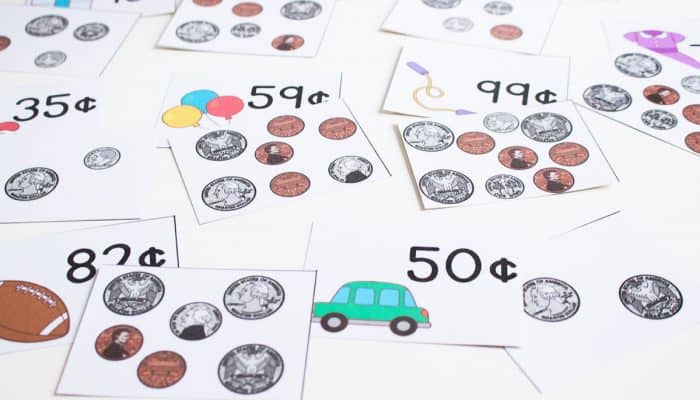
Teacher tip: Printing on scrapbook paper creates a fun back to the cards and make it so the kids can’t see through the cards to cheat. (Not that our little angels would do that!)
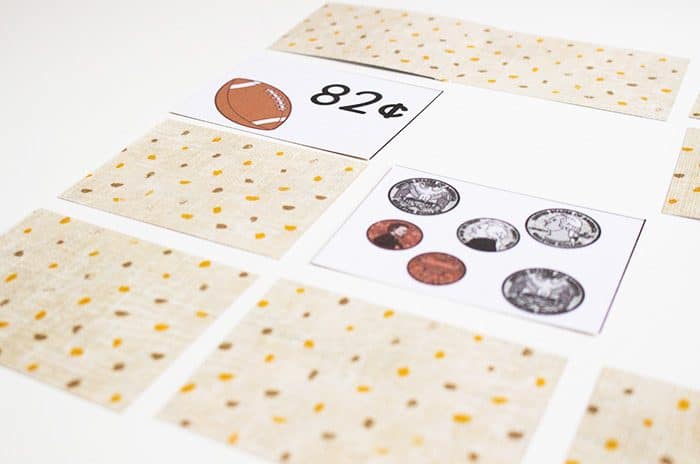
How to Play this Fun Money Game
Supplies Needed:
- Printable money game cards
To play the classic game of Memory, you turn over two cards at the same time. If they match, you get to keep them and turn over another set of money cards to try again. This coin recognition activity requires a match of coins with the correct amount.
If they don’t match you turn them back over and it becomes the next person’s turn. When all cards have been matched it is the end of the game.
Game Modifications for Learners of All Abilities
Matching games to learners’ skill levels is important, or they will become frustrated.
I recommend the students have a notebook with them, so that they can add the coins together there. Of course, we want to strive for them to do it in their heads, but if they are just starting to count coins, a notebook will be a big help.
It is also helpful to grab real or fake coins for each card so kids can physically maneuver the coins as they count to find the total on each card.
Children that aren’t yet ready to count coins, can still use the set of coin cards in a different way. Simply draw a card, identify the coins, and repeat!
Extensions for the Money Game
- Combine the picture cards with toy money. Have the students figure out multiple ways to create the correct value of coins. Or give them a dollar for each item and have them make change.
- Use our bakery pretend play set and practice ‘purchasing’ cookies to talk about counting money at the store.
- Hide one set of cards (either coins or amounts) around the room so kids first draw a card from the pile, then have to search the room for the match.
- Use the same matching printables for a money board game, where kids draw a card, say the amount of the item OR count the coins, then roll a die to move along the board.
Printable Money Games for Kids
Do you love this activity? Pin it for later!

join the newsletter & Get your free activity
Get Your Free Printable Activity Here!
Already a subscriber? No worries. Just enter your email here to have the activity sent directly to your inbox.
More Money Activities You’ll LOVE!
Money Activities for Kids:
Search All Activities
Looking for more? Find exactly what you need here:

![text overlay [free printable money game] with close up photo of money matching game](https://lifeovercs.com/wp-content/uploads/2016/03/Matching-Money-Game-for-Kids-Pinterest-Pin-12-667x1000.jpg)
![text overlay says [money game for kids free] with three images of a money matching game with coins and toys](https://lifeovercs.com/wp-content/uploads/2016/03/Matching-Money-Game-for-Kids-Pinterest-Pin-11-667x1000.jpg)
![text says [money matching game free printable] with two close up images of the money matching game](https://lifeovercs.com/wp-content/uploads/2016/03/Matching-Money-Game-for-Kids-Pinterest-Pin-10-667x1000.jpg)
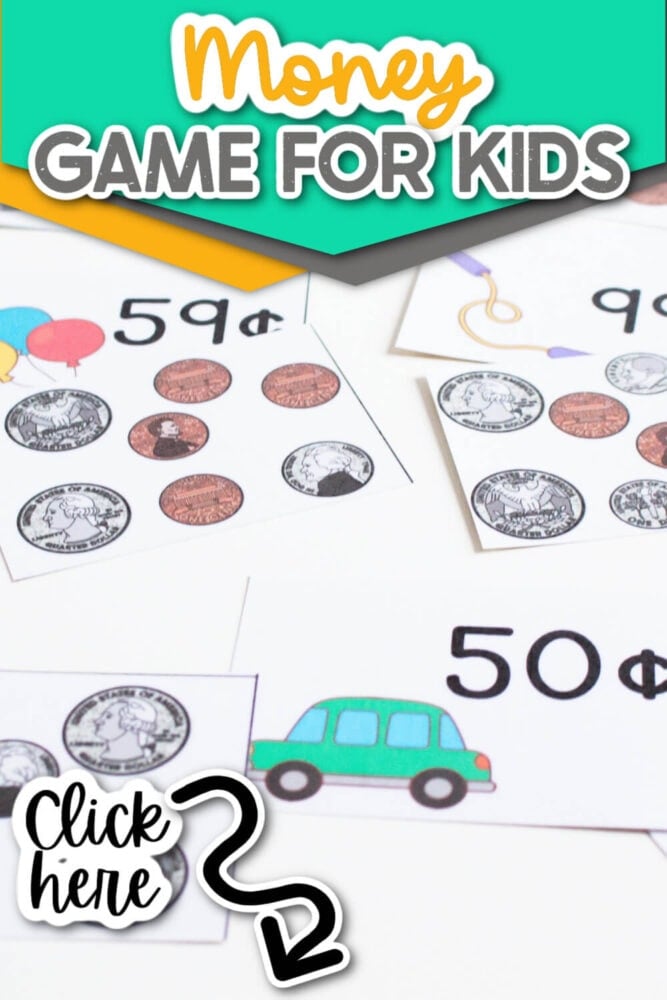
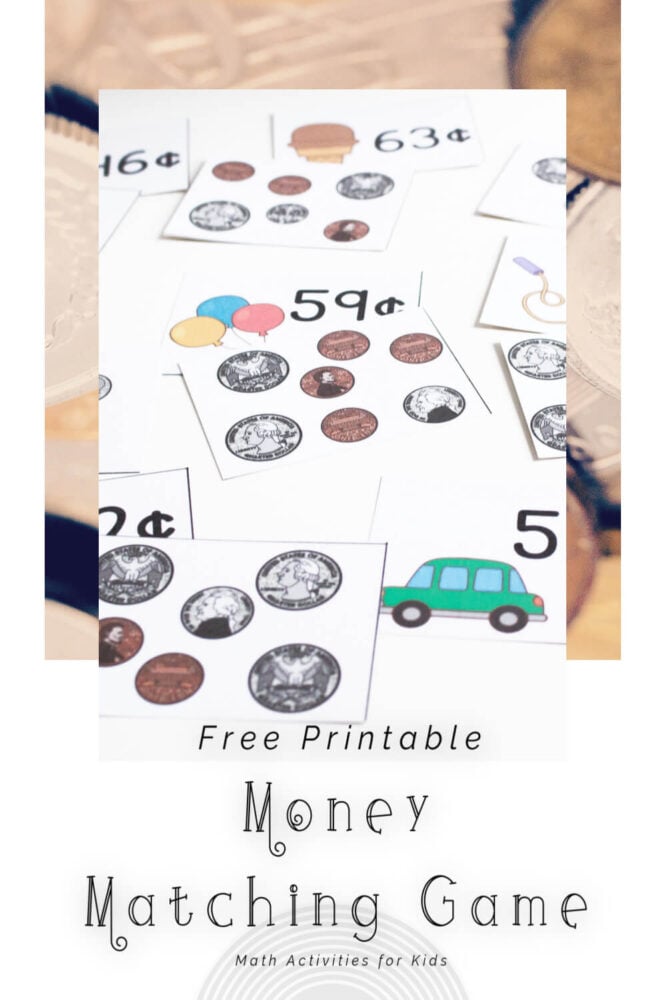

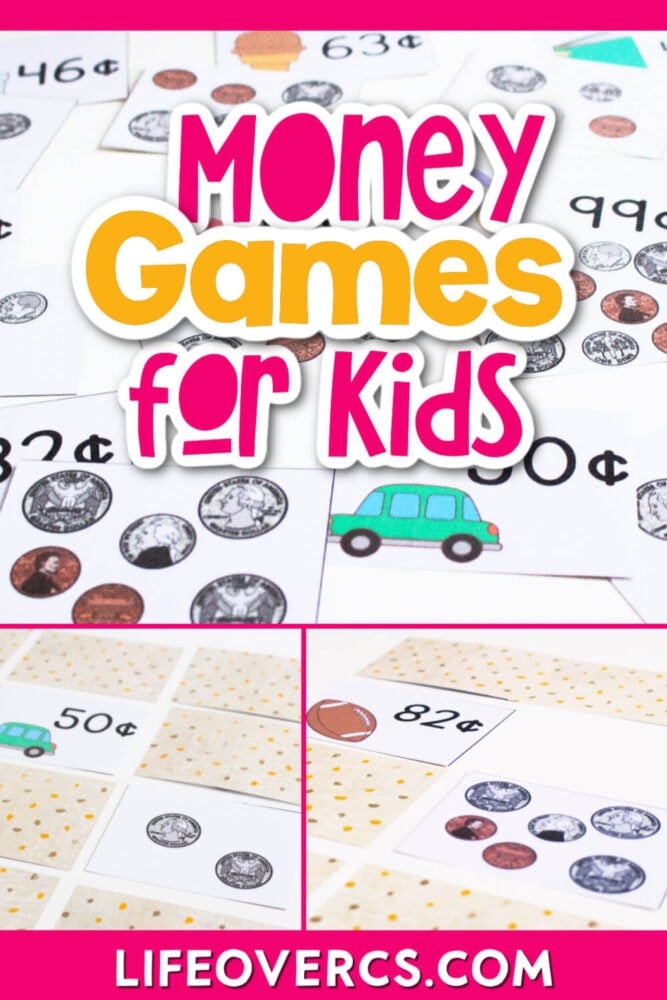
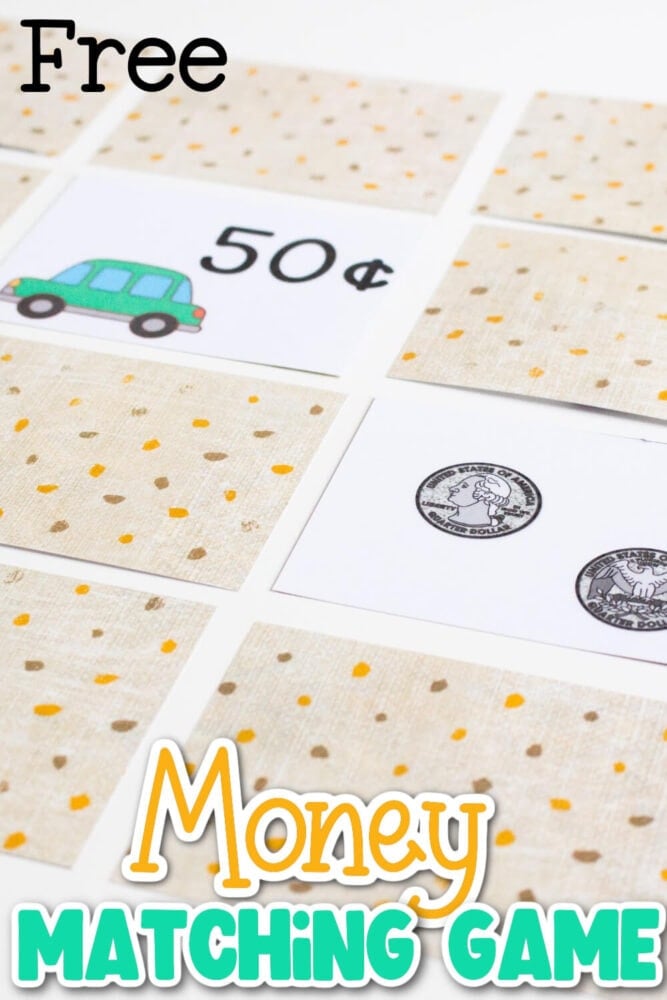
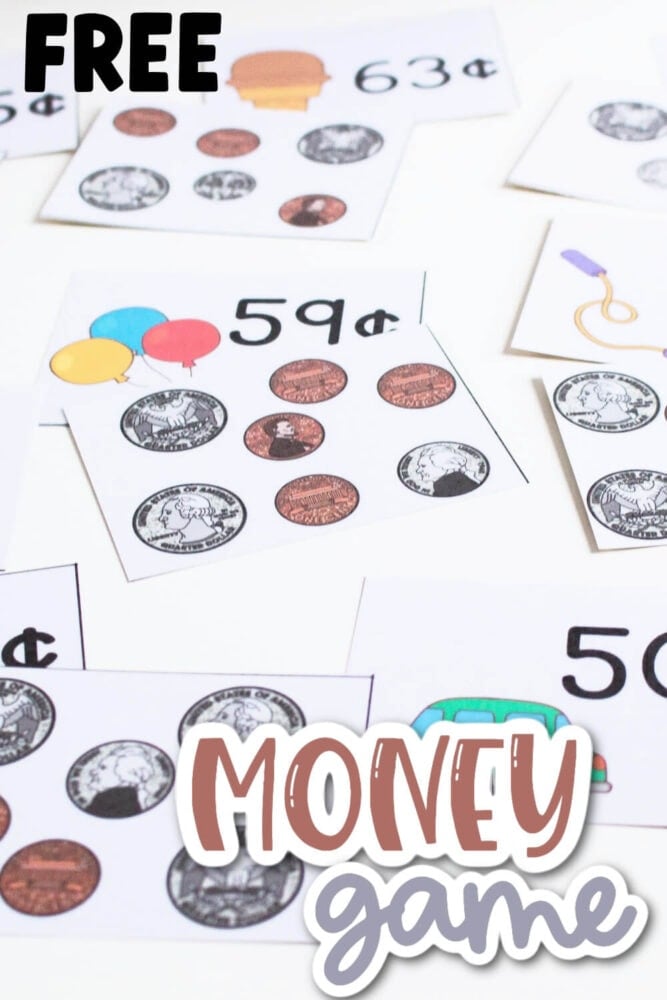
![close up image of a children's money memory matching game with text [free money matching game]](https://lifeovercs.com/wp-content/uploads/2016/03/Matching-Money-Game-for-Kids-Pinterest-Pin-3-667x1000.jpg)
![close up image of money memory matching game for kids text says [free money matching game for kids]](https://lifeovercs.com/wp-content/uploads/2016/03/Matching-Money-Game-for-Kids-Pinterest-Pin-2-667x1000.jpg)
![picture of money matching game cards with coin amounts text says [free money matching game]](https://lifeovercs.com/wp-content/uploads/2016/03/Matching-Money-Game-for-Kids-Pinterest-Pin-1-667x1000.jpg)


![Free Printable Counting Money Clip Cards for Coins 2 text says [free printable money activity for kids] photo of several money counting clip cards with coin values](https://lifeovercs.com/wp-content/uploads/2015/02/Counting-Money-Clip-Cards-for-Math-Centers-1-700x700.jpg)

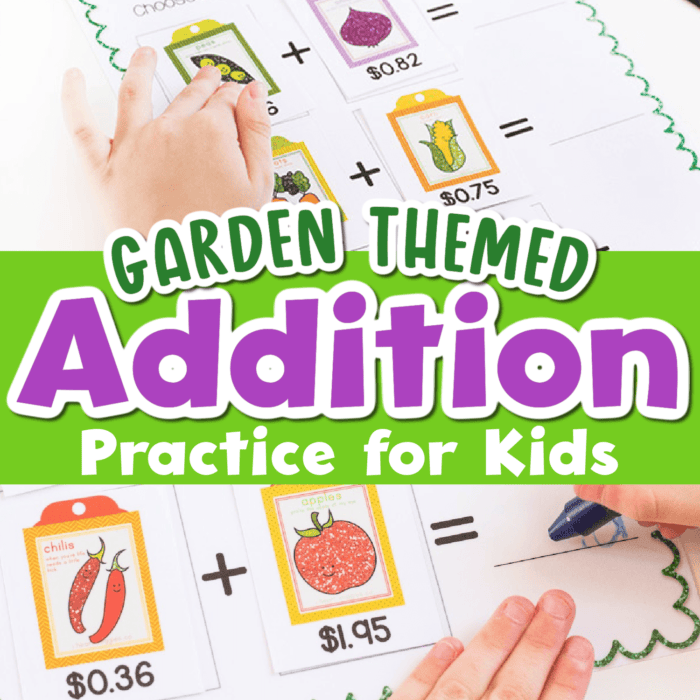
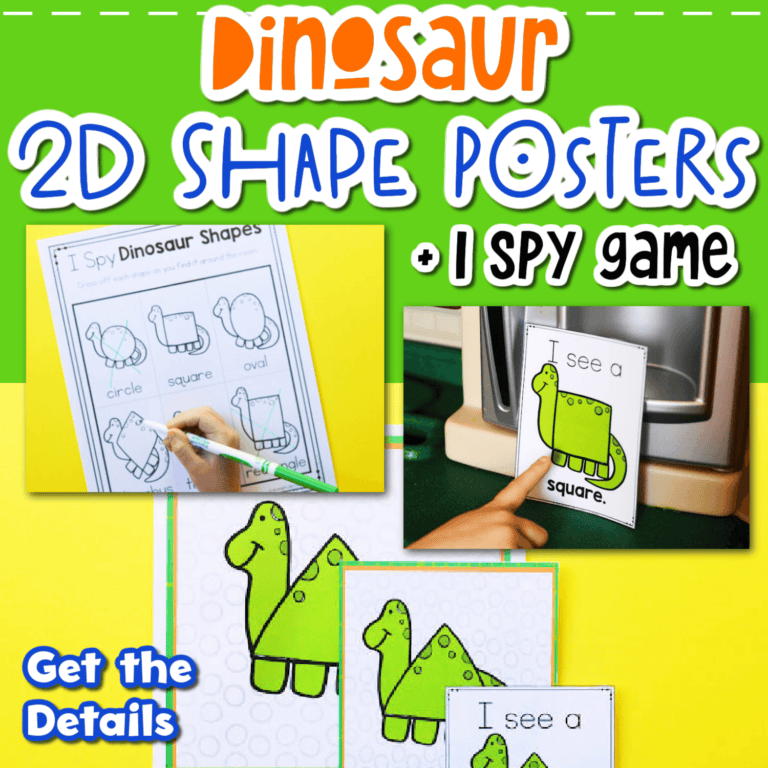





Hi Kim,
I love your activities. I am wondering if you have any money activities for Elementary level students that you’ve made using CANADIAN money? If not, can you make them?
Hi Nici, I do not currently have any Canadian money resources. I will add it to my ideas list to keep in mind for the future.
Thank you for all you do to help parents struggling to make learning fun and engaging.
Thank you so much for sharing your materials, videos, and ideas. Blessings to you and your family.